In the first essay of our new series, ‘The Medium is the Message’ filmmaker and journalist Nyasha Kadandara reflects on how the niche form of immersive reality is finding its way into the hands and minds of artists, curators and the general public across the continent.
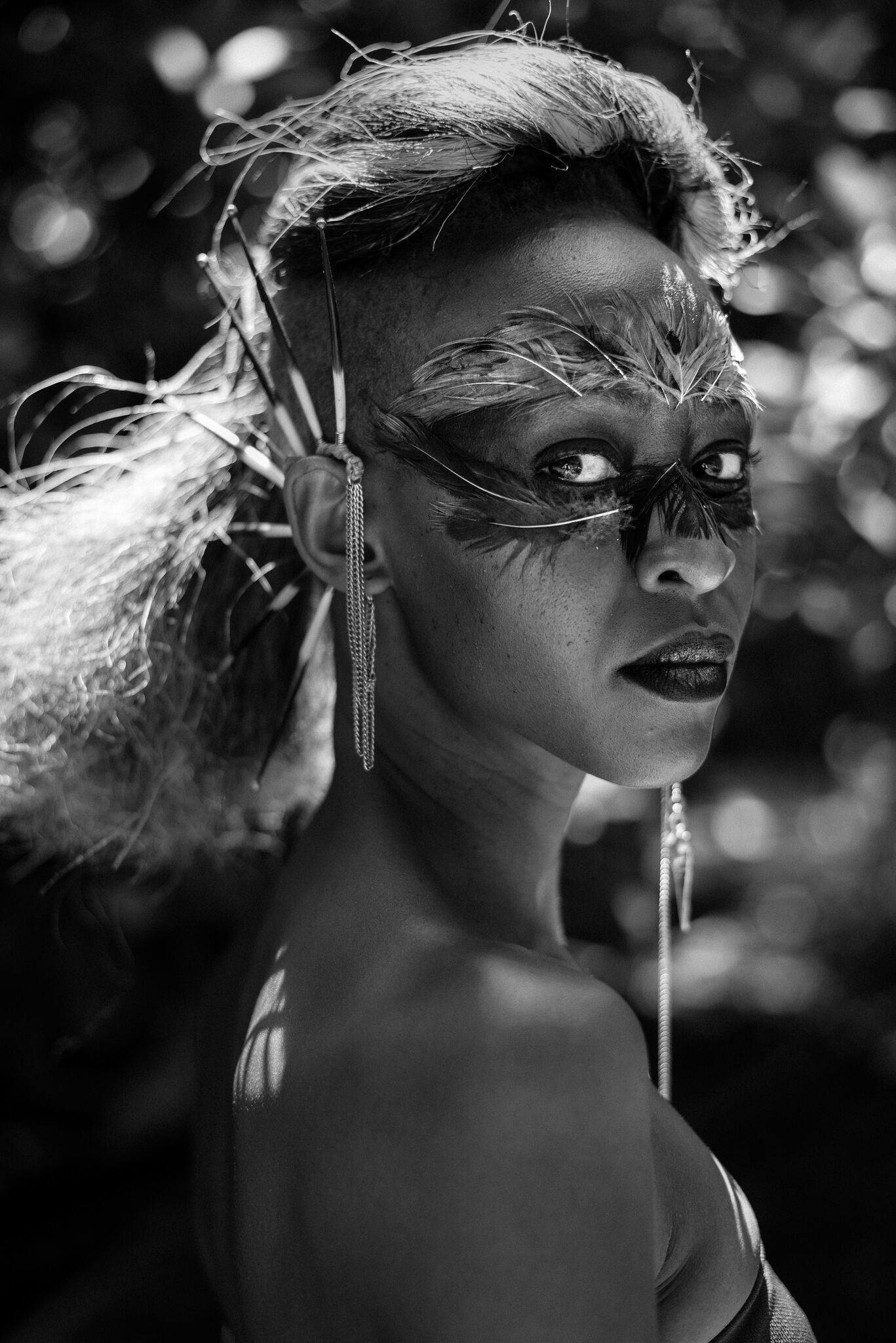
The first time I tried on a virtual reality (VR) headset was during a business meeting in a crowded Italian restaurant in New York. As soon as I hit play I disappeared from the restaurant and was transported to the Nuba Mountains of Sudan. I was amazed at not only what was in front of me, but that which was behind, above and below. I was watching a trailer of what would become the critically acclaimed VR documentary ‘We Who Remain’ by Sam Wolson and Trevor Snapp. From that moment I was hooked on the immersive world and its potential. This is how many creatives, artists, dancers, data whizzes, perfume makers, journalists and filmmakers get drawn into making immersive extended reality (XR) content.
Creating a world in 360 and thinking about how to organise action in front [and] behind people was something I found very interesting.
Ng’endo Mukii

The potential I saw while sitting in that New York restaurant would later materialise into my immersive documentary about Lake Chad. Depended on by millions, Lake Chad has shrunk to a tenth of her former self. My film, ‘Le Lac’ is a journey through this change and rupture, as told through the poetic voice of the lake herself.
‘Le Lac’ premiered at Sheffield Doc/Fest and started circulating around other international film festivals. But it was through exhibitions at Montreal’s Centre Phi, the TMRW Gallery in Johannesburg and the Isivivana Centre in Cape Town that I could start to see my work and the work of others be consumed en masse.
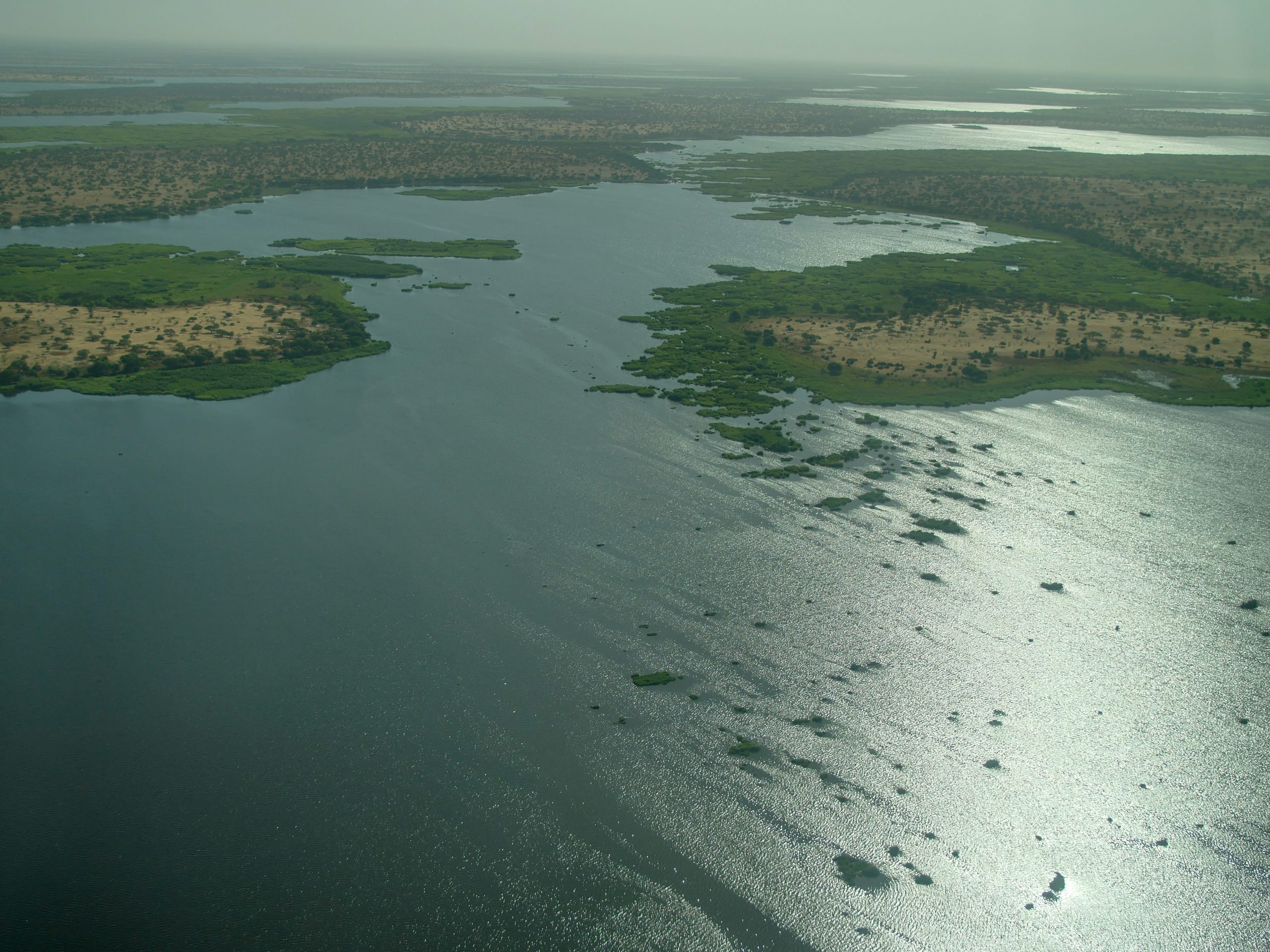
When previously speaking about her work [Mary] Sibande has said she wanted to give people a way to “experience a fantastical world that was really an amplified version of the work.”
It is no secret that much of Africa’s artwork hangs on the walls and sits on plinths in museums and galleries overseas in Europe and the US. While tourists and residents in these regions may have easy access to this work, many Africans need to jump through laborious hoops applying for visas to fly abroad before they can see the Benin Bronzes from Southern Nigeria in the British Museum, or Senegalese and Chadian artefacts at Quai Branly in Paris, for example. But there is a new wave of exhibition spaces driven by creatives and industry leaders on the continent working hard to change this.
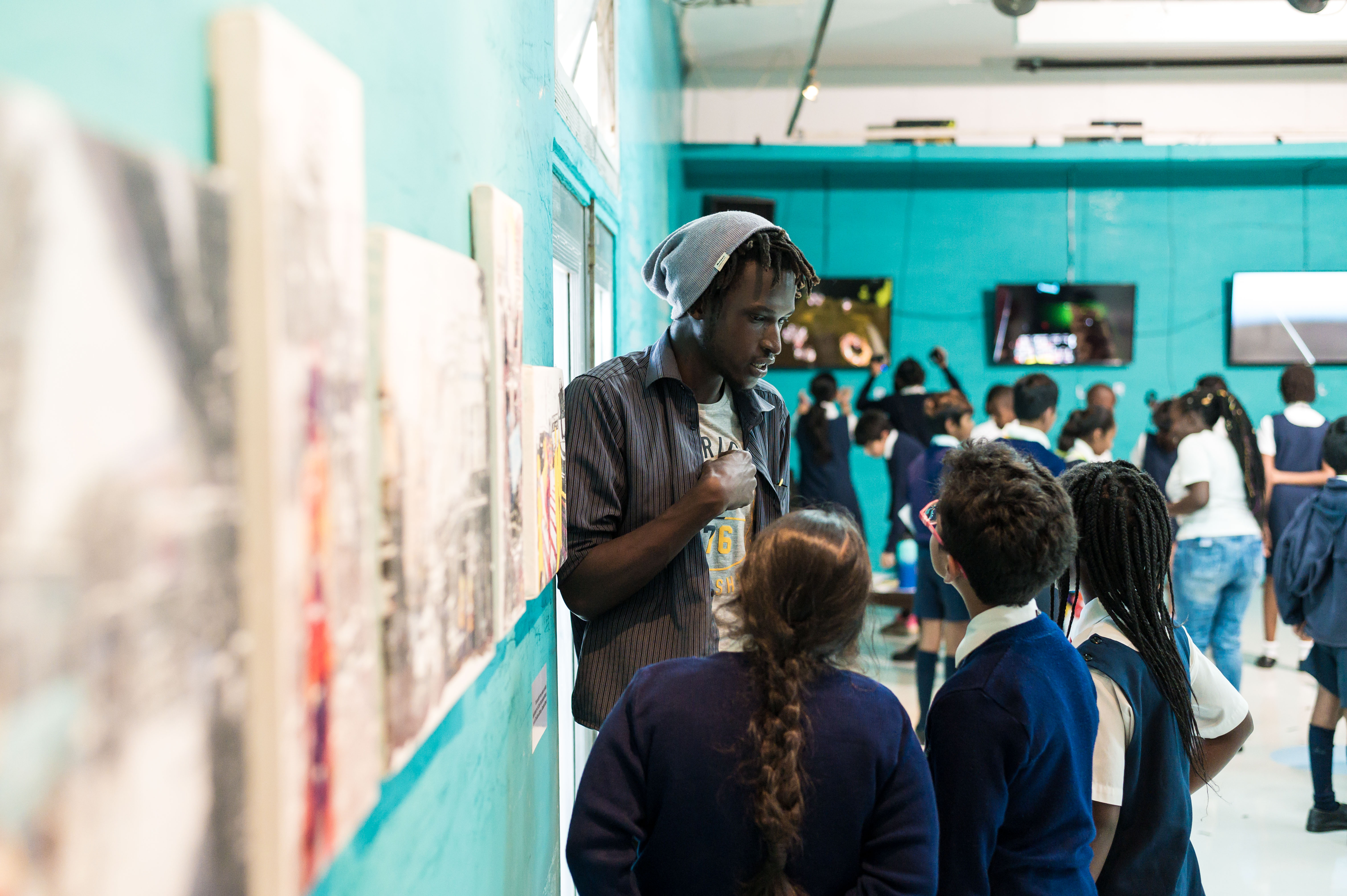
Where do you start? There are a few approaches that have been taken over the last couple of years. In Kenya toward the end of 2019, State of the ARt, a Jenga CCI initiative powered by BlackRhino VR and curated by Nyambura Waruingi, ran a program that aimed at bringing the extended reality technology to artists and then gave them a platform to exhibit the work they produced. Their first aim was to expose a cohort of artists to immersive projects, then train and equip them with XR tools such as Quill, Tilt Brush and Gravity Square to create art through these forms of technology. The result was a week-long exhibition in February at the Goethe Institut in Nairobi that was open to the public and drew in a big turnout.
Ahead of the exhibition the group sadly lost one of its members, Ngene Mwaura (who also went by the moniker SheepGoat), in a fatal car accident. In response, fellow artist Ijakaa decided to immortalise Mwaura’s artwork into a virtual mausoleum during the State of the ARt show, which can now be seen from anywhere in the world.
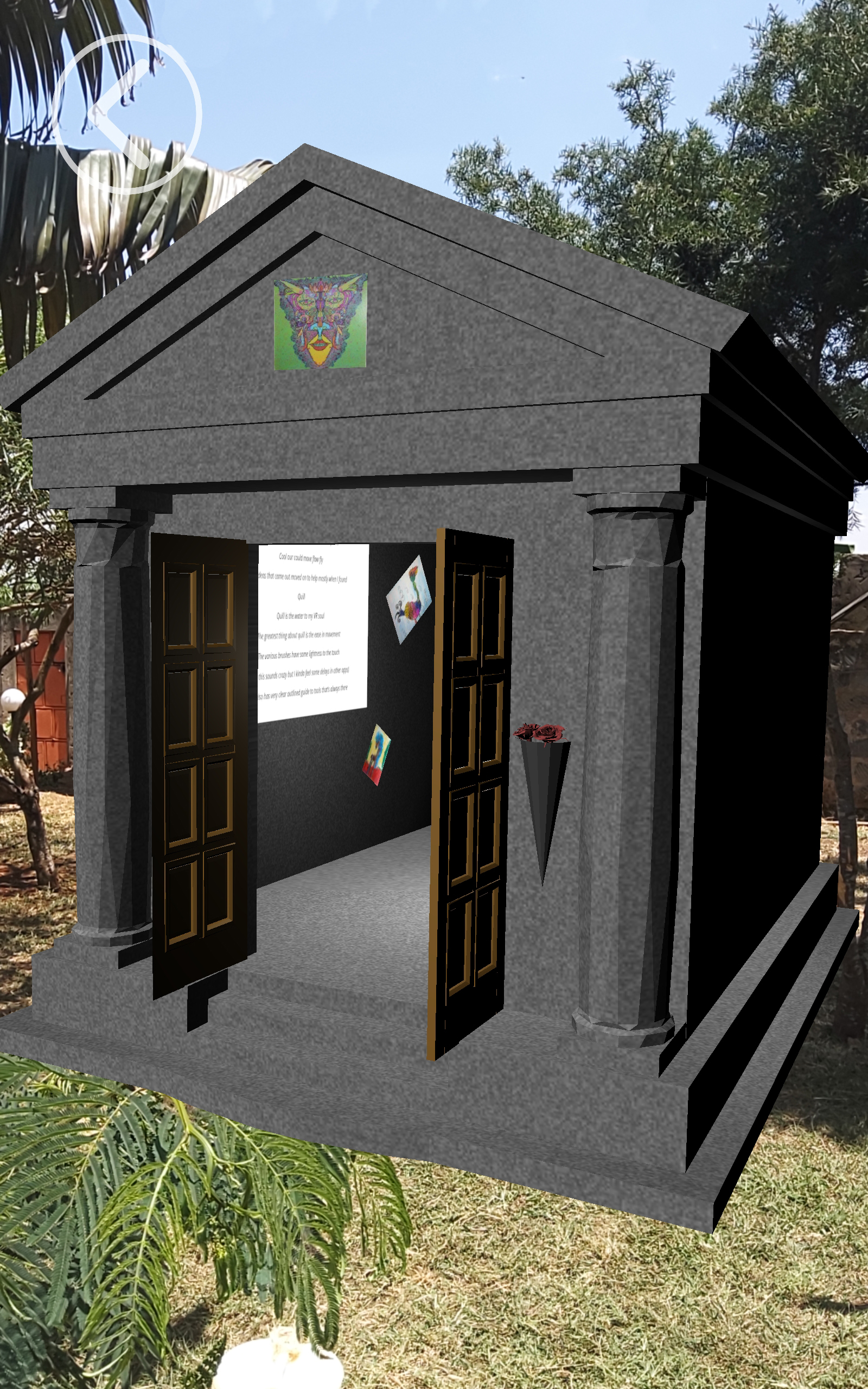
“This is how we can decolonise art spaces,” says Brian Afande, co-founder of BlackRhino VR. “Now, you can have an art gallery anywhere in the world as long as you have a mobile phone or a headset.” In essence, Mwaura’s work will live on and continue to be viewed globally for free.

In South Africa, TMRW gallery and Fak’ugesi, an African Digital Innovation Festival, have designed workshops aimed at the youth. School children and art classes are exposed to augmented reality (AR) and VR, where children can play with technology and even take home a 3D printed model they made during the workshop.
Artists heavily rely on exhibition spaces to show their work to mass audiences. Libraries, schools, planetariums, galleries, and cultural centres become vital to an XR artist.
Exhibition spaces can give artists an opportunity to create work that heighten the senses of sight, hearing and touch. Mary Sibande’s ‘A Crescendo of Ecstasy’ uses sculptural technology with the language of VR to bring her alter-ego to life. In her installation, one can walk around the space and touch surrounding figures while wearing the headset. When previously speaking about her work Sibande has said she wanted to give people a way to “experience a fantastical world that was really an amplified version of the work.”
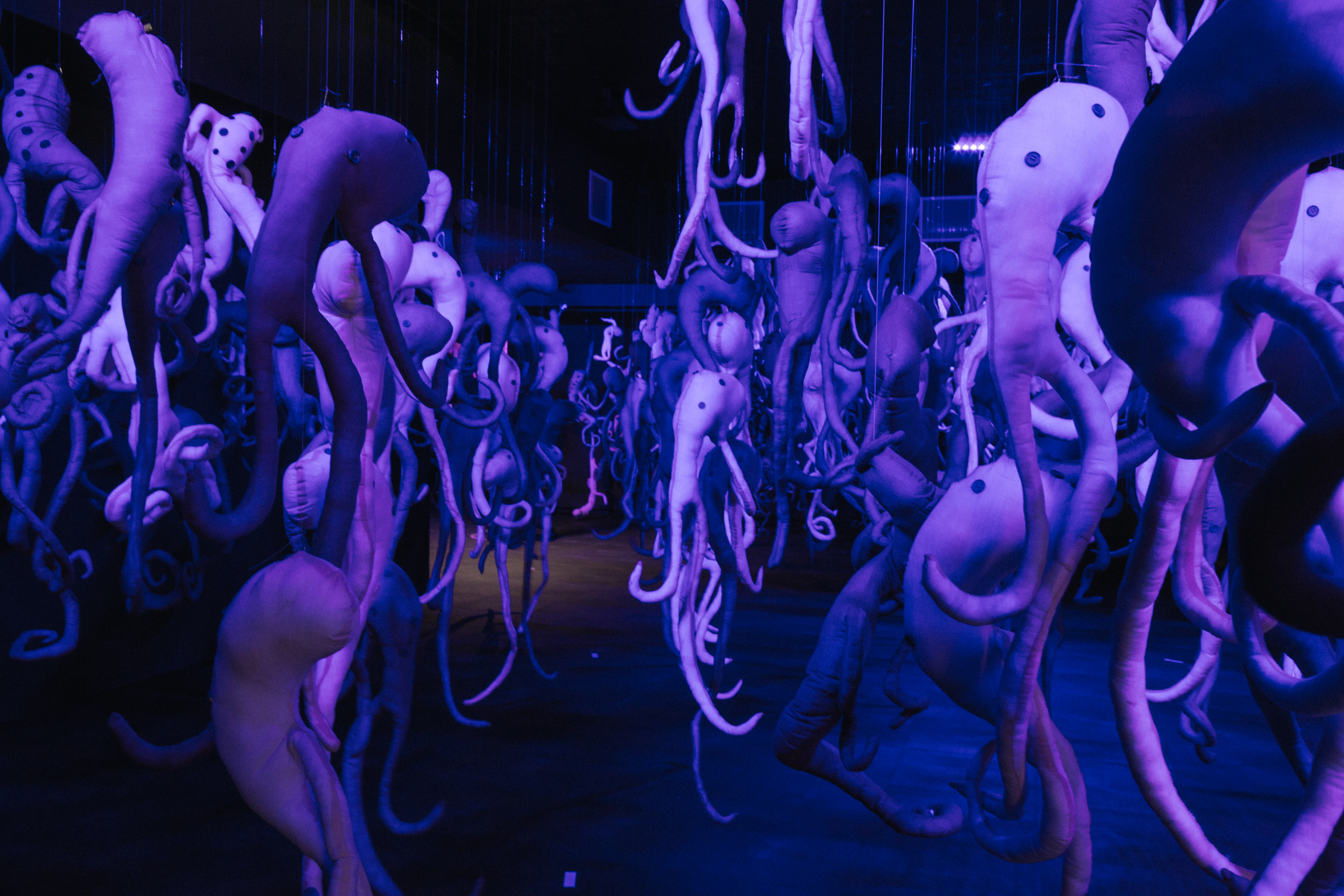
“Creating a world in 360 and thinking about how to organise action in front [and] behind people was something I found very interesting,” says Ng’endo Mukii, creator of ‘Nairobi Berries’. With both animation and live-action Mukii’s film is described as a poetic city symphony, an ode to Nairobi.
She admits that the medium did make her feel a little distant from her work and the audience at times. “Because you are watching people watch your work, you have no idea what stage they are in the piece,” she says. There is a certain level of control that artists have to surrender.
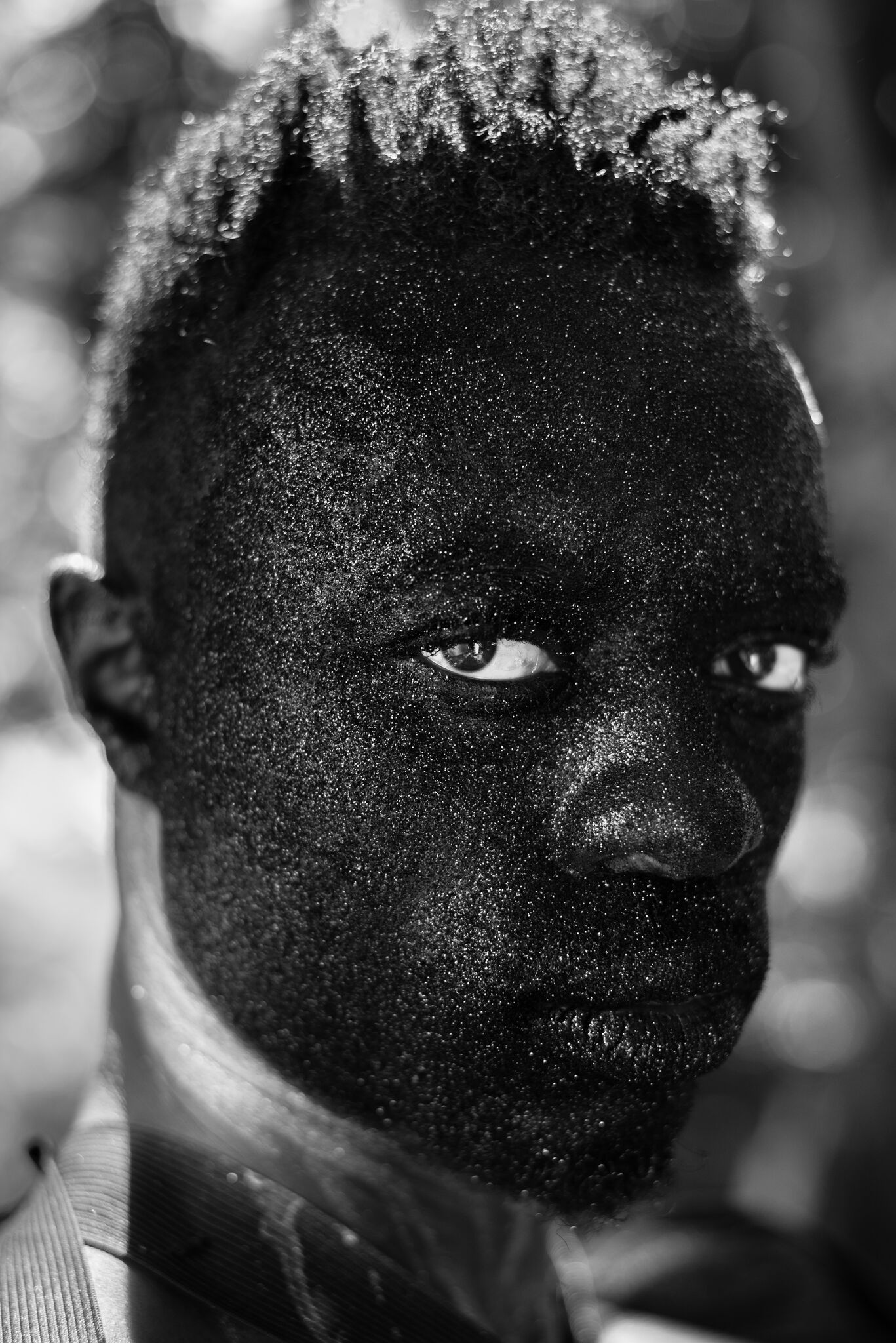
In a conventional theatre or viewing space, audiences tend to feed off the reactions of other people watching the same content. For the longest time, comedy sitcoms would add laughter cues for the viewers. But in a headset none of that is applicable, it is an isolated experience. The additional technological intricacies that come with showing your film to other people is a very different experience to one where you would normally share work via an email link or a social media post. It means that artists heavily rely on exhibition spaces to show their work to mass audiences. Libraries, schools, planetariums, galleries, and cultural centres become vital to an XR artist.
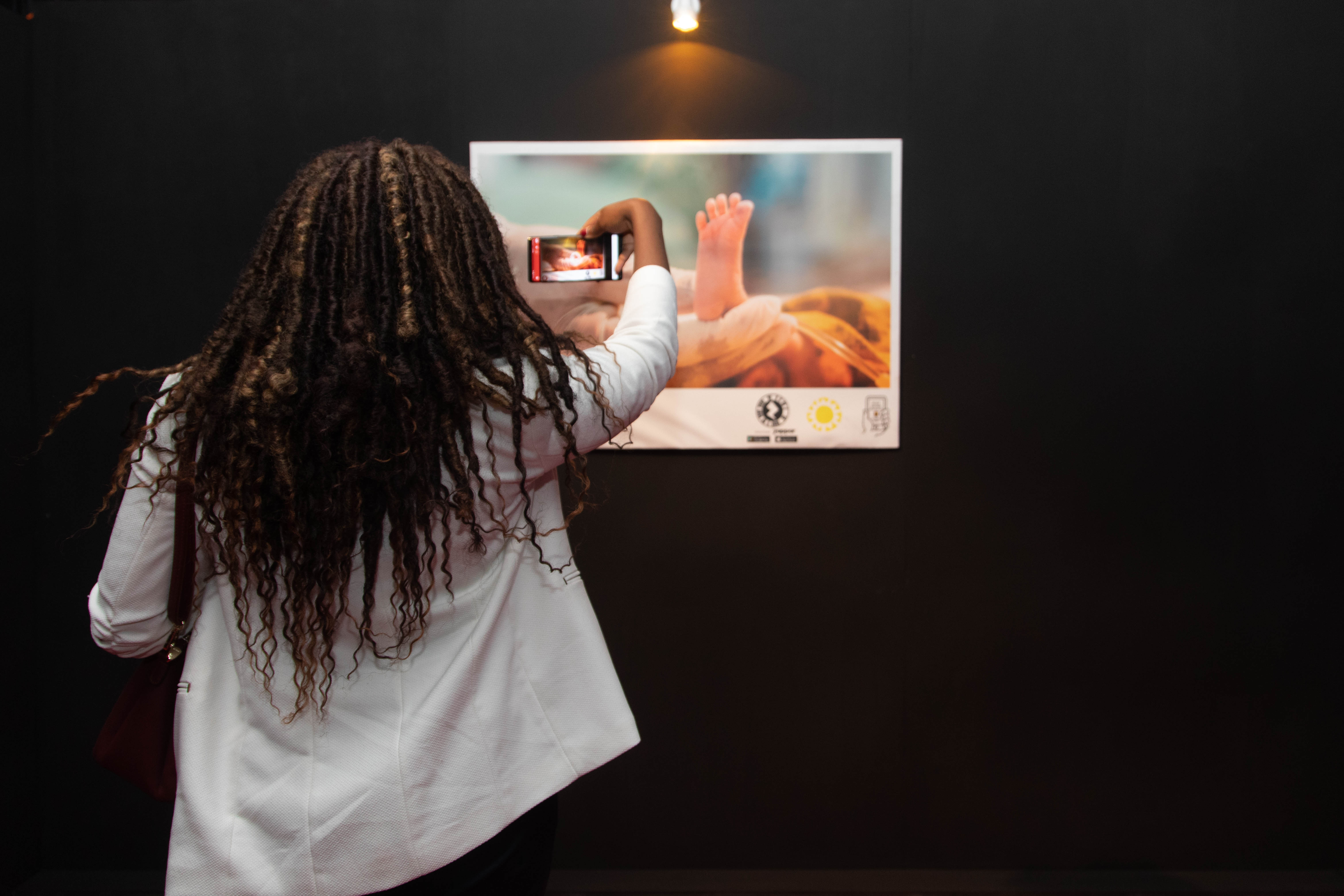
But it is a two-way street, Tulanana Bohela co-founder of Ona Stories, Tanzania’s first AR, VR and story-doing company, says many institutions are trying to look at what is the extra pull that will attract audiences. They are thinking about going beyond showing traditional linear video and photographs. As such they have been successful in hosting the first AR exhibition in the country at Vodacom Foundation’s Impact Gallery in July. Bohela says her clients want to know what will make their booths different from the rest and that is where XR comes in. In response to this demand she says, “Ona Stories is working on capacity building, there is no point without technical people who can learn how to build content in an XR space.”
The COVID-19 pandemic has changed the art world. “Having headsets in a space that was communal and accessible to everyone is what created more awareness around the work, more awareness around the artist,” says Tarha McKenzie, distribution and exhibition coordinator for Electric South, a non-profit based in Cape Town South Africa. With all the concerns over social distancing and virus transmission, institutions and companies like Electric South – which focuses on funding, incubating and exhibiting the work of African creators focused on innovative VR storytelling – are worried.
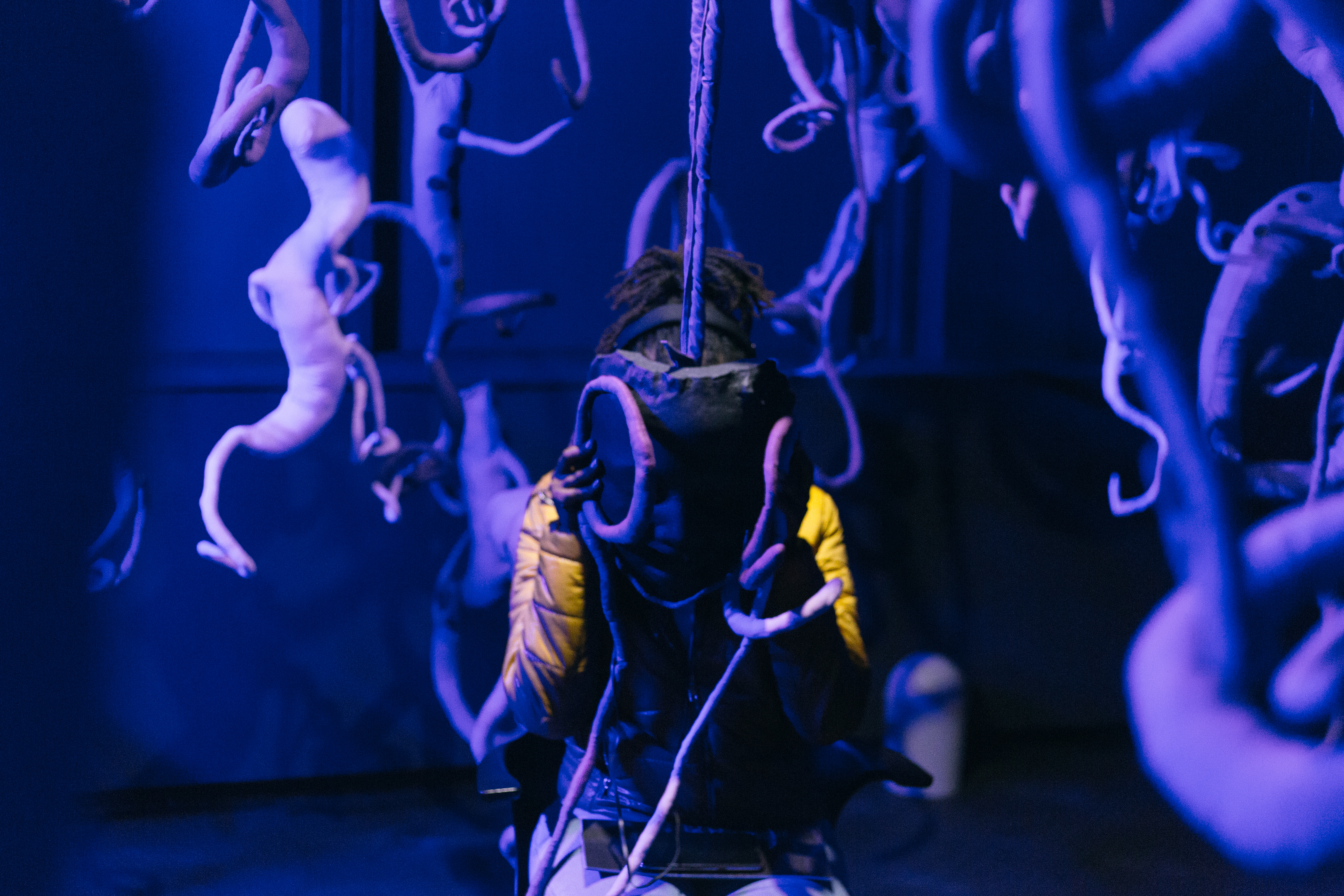
Many exhibition spaces are keen to continue the momentum they built before the pandemic. “We try to maintain a global reach and global marketing strategy,” says new media artist Brooklyn Pakathi, who is also gallery manager at TMRW gallery. For the longest time, the Global South has been excluded from both a consumption and creation point of view. This narrative had just started to change, and then the pandemic happened.
“We’ve seen three galleries close in the last two months,” says Pakathi. The lockdown measures put in place to protect people make it impossible to visit physical spaces, but the team went online, hosting VR content so people could still experience the work while in lockdown.
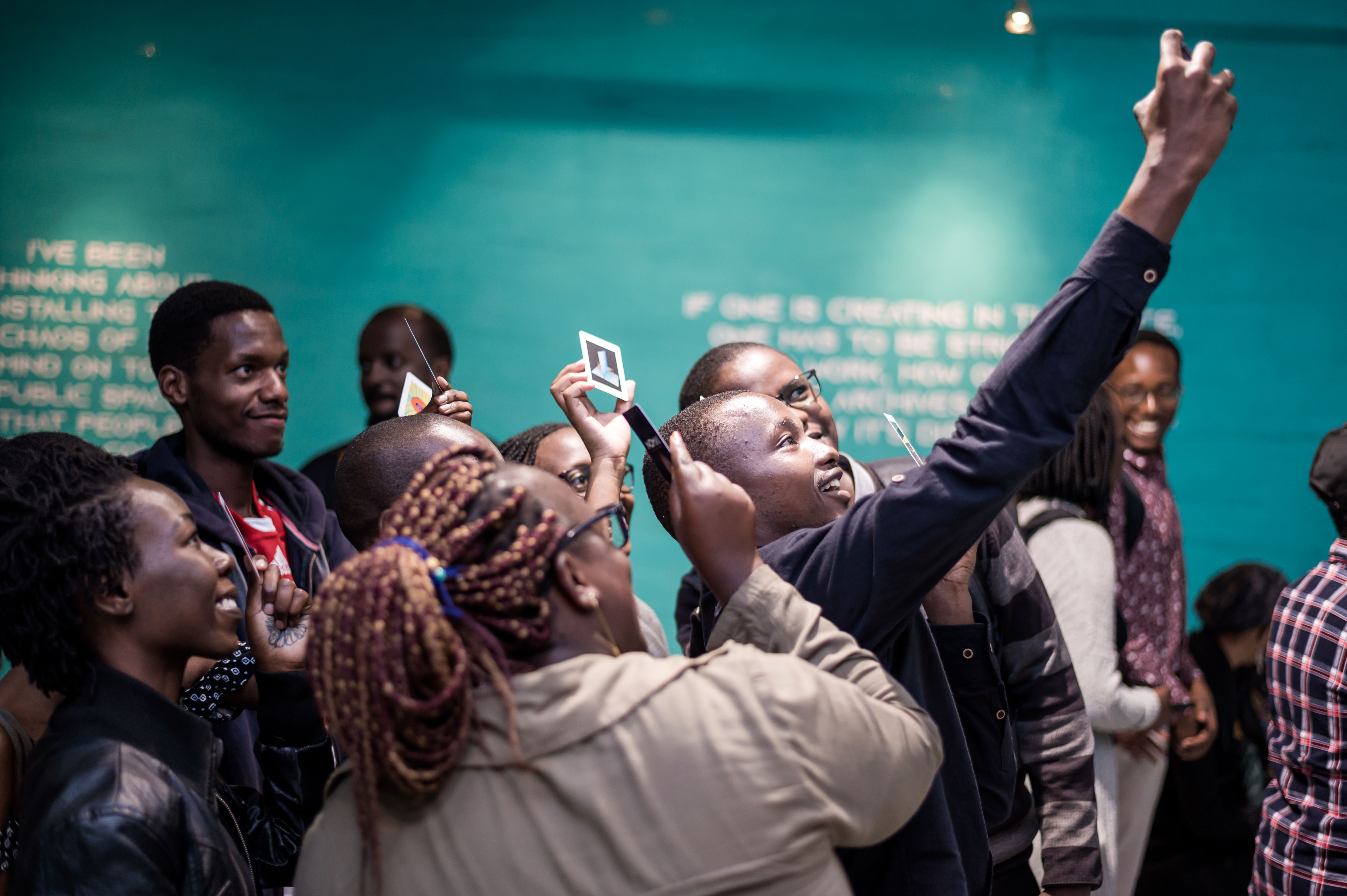
Pakathi knows too well that there are many people who look at institutions like TMRW as bougie, elite and inaccessible, which then makes the artwork inaccessible, but he hopes the online exhibitions will make them feel otherwise. By sitting in the comfort of their homes they are free to interact in their own way, away from any judgement. “People were now in charge of the content,” he says and sees this as a long term strategy to decolonising art spaces. “We hope that would encourage them to go into a physical space. We want then to know black bodies, disabled bodies, and queer bodies can occupy this space too!”
In a post-lockdown or peri-pandemic world, moving on will be challenging. But it is undeniable that great strides have been made in Africa and the XR industry where artists, content creators and exhibition spaces are working hand-in-hand to push the medium further. “The potential is undeniable, says Afande. “Digital art is the next frontier.”




